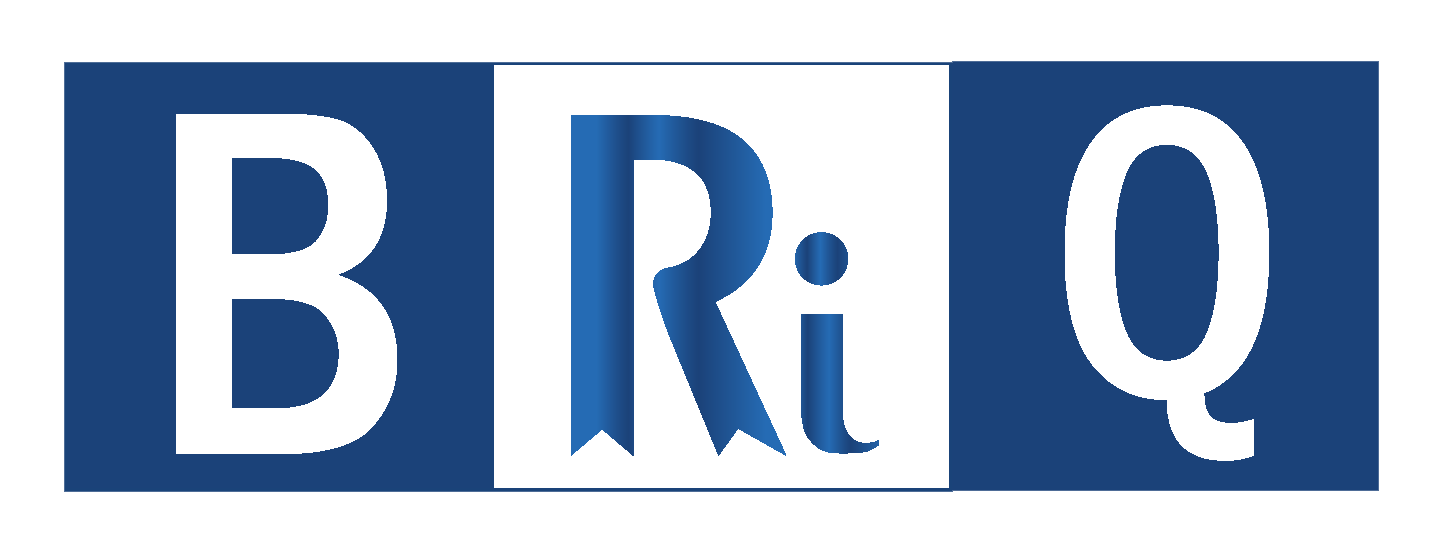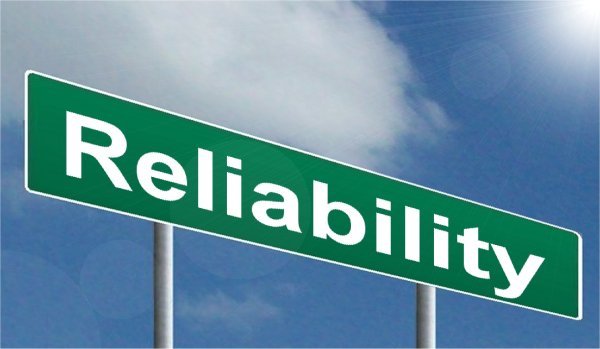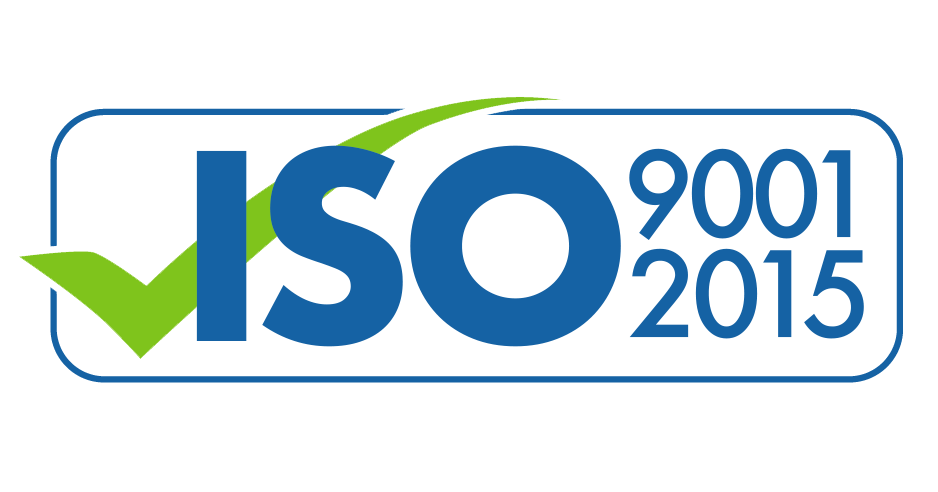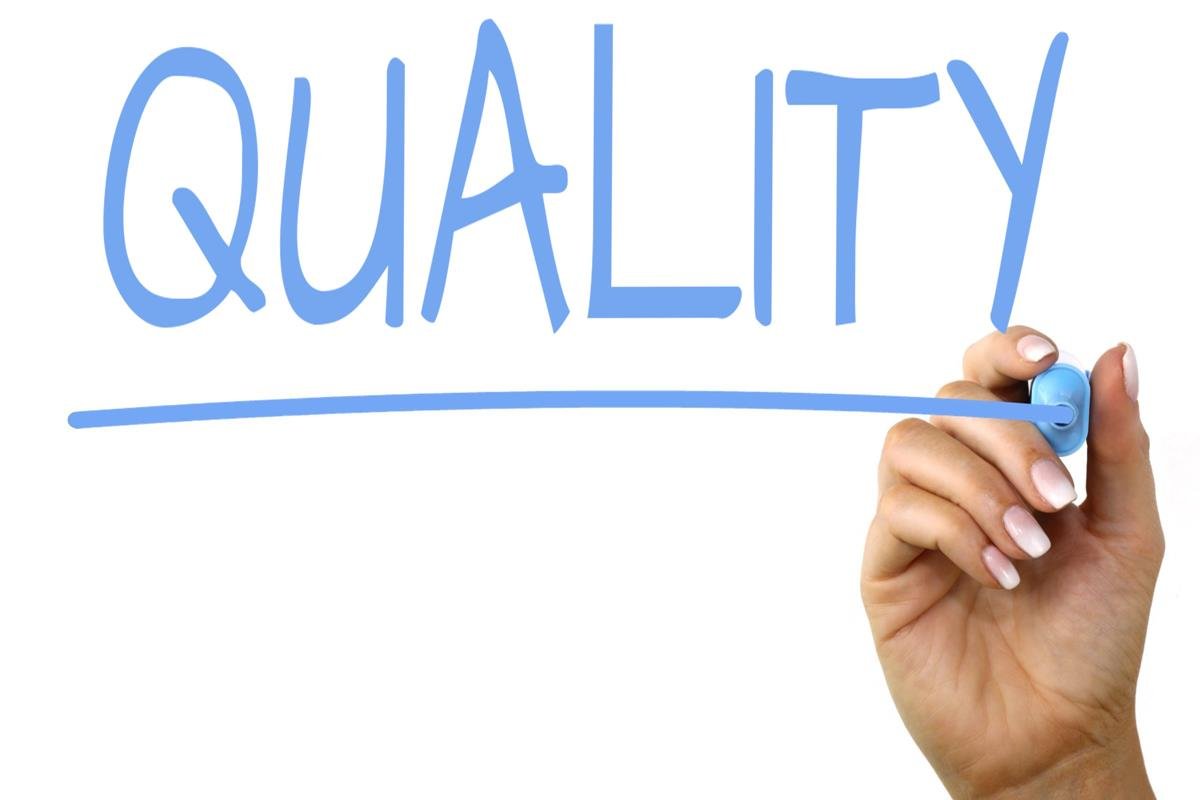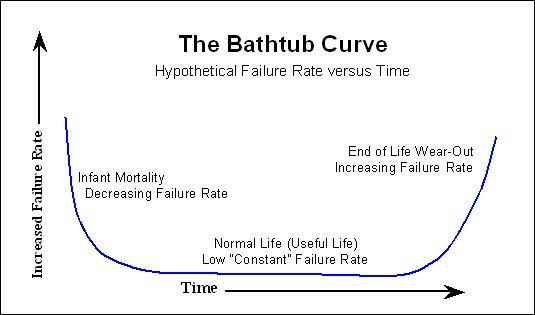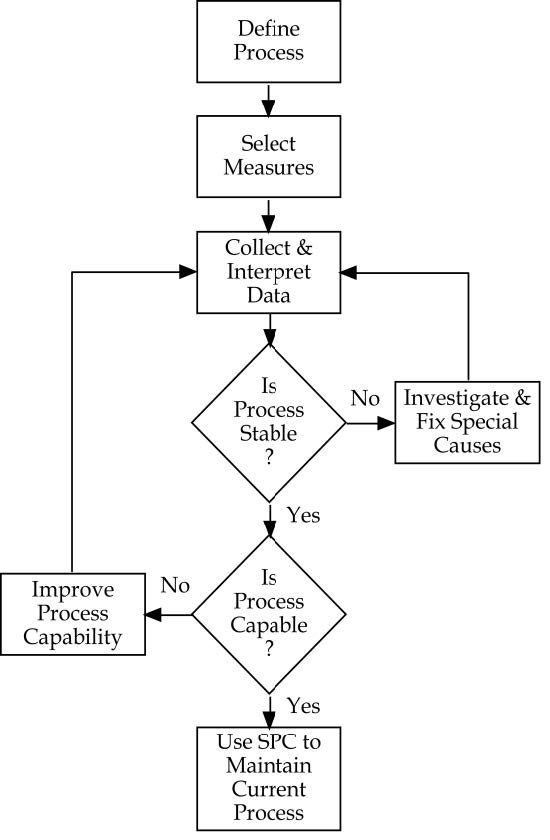Mrs. S Radha, Retd as Controller
Controllerate of Quality Assurance(Fire Fighting Equipment), Pune
1. Over the years, Quality has come a long way from being known for “Defect Reduction” to being the “Buying Standard”.
2. When our Prime Minister in his maiden Independence Day speech from Red Fort exhorted the Indian industry to adopt “Zero Defect & Zero Effect” policy – Quality Management & Environmental Management, he articulated Quality as the national culture.
3. Zero Defect state means reaching a defect less state of operation. This is an ideal state but achievement is elusive. Even a Six Sigma level of operation can result in 3.4 Defects in a Million Opportunities.
4. Why is it so difficult to achieve the desired Quality level? Because, Quality does not happen by accident. It has to be planned for. Quality, like a baby, is to be conceived and nurtured, built in to the product / service through defining the parameters, designing the processes and determining the control measures. Will this assure with confidence that the equipment would render its expected function effectively at the time of calling, always, every time? If so, why do Customers lack satisfaction and confidence in the equipment that was procured on the basis of Quality guarantee?
5. The perceptions and expectations of customers from the term “Quality” are changing by the day. The customer is not contended with the Quality of equipment supplied on receipt alone. The same level of functionality, performance and conformance is expected throughout the life cycle of the product with the least down time in use.
6. Quality & Reliability, though often used interchangeably and together, are not the same. Quality is the degree of conformance to a specification or a product requirements, whereas, Reliability is the probability that the product will perform its intended functions for the specified interval of time under the stated conditions of use.
7. Individual components making up a complex aggregate influence its Reliability. However, in the absence of system level Reliability data, component level Mean Time Between Failures (MTBF) figures stipulated by the manufacturers do not help. Building Reliability during design and development of a product alone is not enough. It is equally important to stipulate the mechanisms for prediction / estimation and demonstration of the designed Reliability. Historically, Reliability has been viewed as an in-exact science. Recent advancements in Reliability Demonstration Methods have transformed the so called probabilistic Reliability into deterministic Reliability.
8. Standards for Quality Management Standards are a benchmark for comparison to identify variations and are tools for narrowing down dispersions. Such standards for product parameters are very easy to visualize and comprehend, thereby making it effective. When it was realized that the product quality was to be substantiated by a certificate of consistency, the standards for systems and processes that yield the products were born.
9. Popular among these are standards for Quality Management Systems (ISO 9001:2016), Environmental Management Systems (ISO 14001:2015), Occupational Health & Safety (ISO 45001:2018) and even the guideline standard for Social Responsibility (ISO 26000:2010). The remarkable aspect of all these standards is the Risk based Approach which makes it binding on the Organizations to go through the Failure Mode Effects Analysis (FMEA) as a way of life. There are also widely used function specific standards like, Corporate Governance of Information Technology (ISO/IEC 38500:2008), Risk Management ISO Guide (73: 2009) and Industry specific standards like AS 9100, IATF 16949.
10. Contemporary Quality Management The last century saw the Quality Management efforts evolve from “Role based” when it was confined to the Inspection or Quality Control Dept. to “Requirement based” since managing the Process yields qualitative results. It was widely recognized that the lasting culture of innovating for Quality has to be “People based”.
11. During the last decade or so, we have gained expertise in collating and analyzing the data collected from the manufacturing processes. This gives a whole new meaning to Statistical Process Control rendering it accurate and result oriented. The role of current day Quality professionals lies in identifying mechanism and check points for data capture for Statistical Process Control and running the PDSA cycles based on the measurements.
12. Quality will remain the international business language for worldwide trade networks as the distinguishing aspect among competing products & services. Accordingly, Quality Management will continue to play its crucial role by moving beyond traditional methods and employing innovative strategies by adapting to the changed environment.
13. Future role of today’s Quality Managers will be functioning as internal consultants to establish standards, processes and control measures, carry out Risk analysis of process, measure and improve Reliability and train the personnel in leveraging the information systems to analyse the process data for early trends to implement corrective and improvement measures.
